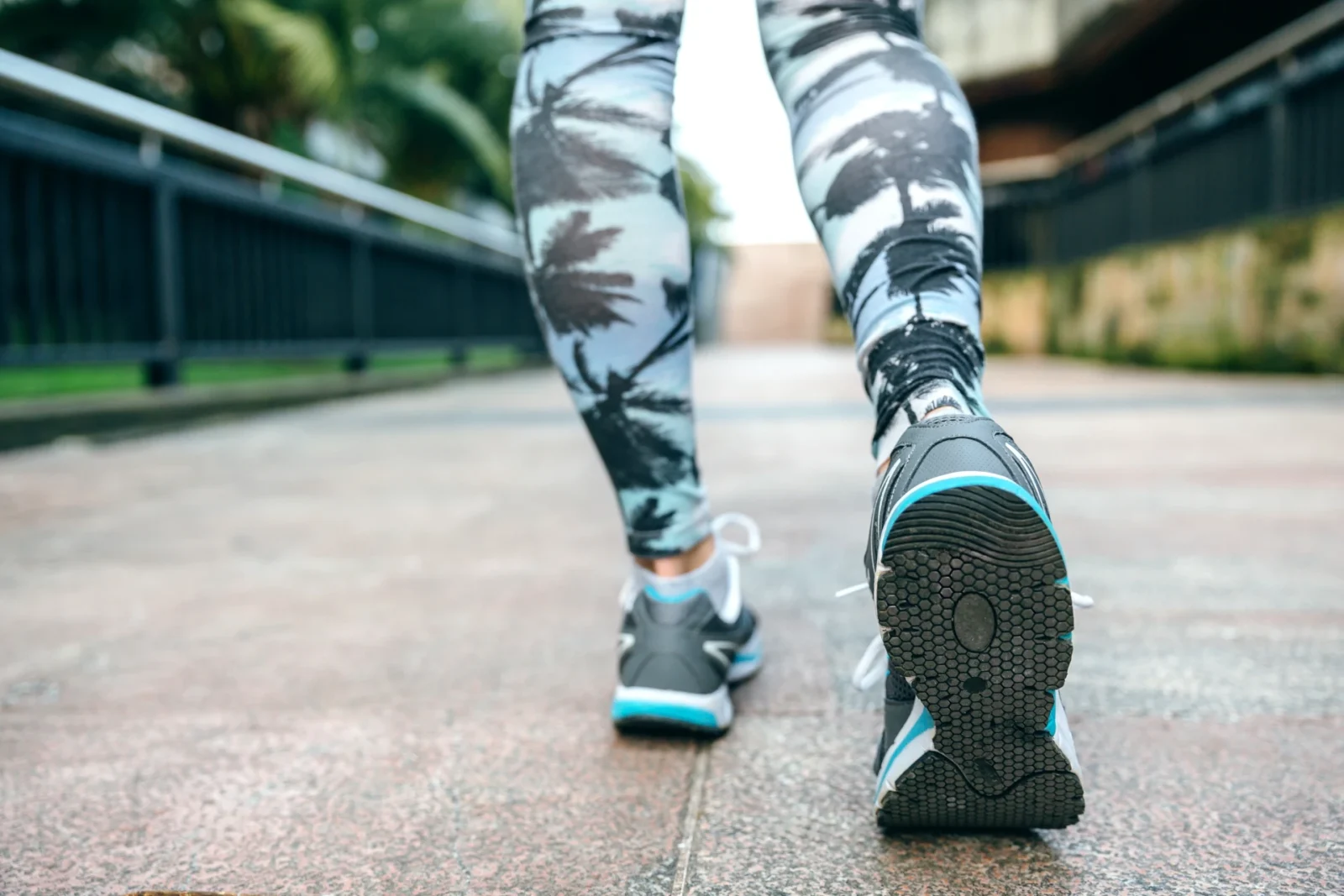Is Walking Backward Gaining Ground?

Retro walking might seem unconventional, but its potential to improve balance, strength and overall health could give it staying power
When it comes to fitness modalities and products, some stand the test of time while others fade into obscurity. History is filled with flashy fads that made big promises and generated buzz but ultimately fell short.
Take sauna suits introduced in the 1970s, designed to induce sweating for weight loss, which were eventually debunked as unsafe and unsustainable.
Or the infamous ThighMaster of the ’90s, whose laser focus on thigh toning proved too limited to deliver real gains.
The turn of the century brought us Ab Rollers and Ab Belts, which claimed to sculpt abs with minimal effort but were quickly replaced by more effective, holistic core workouts.
And who could forget the Shake Weight? It had its moment, but it left most of us shaking our heads.
Now, another unexpected trend is making waves, fueled by influencers and social media.
Enter Retro Walking – or simply, walking backward.
Is it just another fleeting fad, or does it hold real merit for fitness enthusiasts? To get to the bottom of it, we turned to ACE-certified personal trainer Chris Gagliardi for expert insights.
Unique Benefits
“Walking, regardless of the direction, offers significant health benefits, including improved cardiorespiratory fitness, enhanced longevity, and reduced risk of chronic conditions like hypertension, type 2 diabetes and cancer,” says Gagliardi. “It also positively impacts function, pain management, sleep, mental health and resilience.”
However, walking backward, or retro walking, adds unique advantages.
“Retro walking can improve balance, walking speed and cardiorespiratory fitness to a greater extent, particularly for individuals recovering from stroke,” he explains.
Studies also show that retro walking can lead to greater reductions in pain and functional disability and enhance quadriceps strength in people with knee osteoarthritis. Additionally, it may outperform forward walking in reducing BMI, inflammation markers like C-reactive protein and blood pressure in individuals with overweight or obesity.
“While walking in any direction is beneficial for many, retro walking could offer superior results for specific populations, especially when done in a supervised setting,” Gagliardi notes.
When asked if this trend might catch on beyond niche use, Gagliardi remains cautiously skeptical.
“I am not familiar with exercise professionals who regularly program this activity for their clients, and I do not see people walking down the street backward,” he says. “However, I often see backward walking and running performed in sports conditioning programs, especially for athletes who may need to move backward as part of their sport’s demands.”
He points out that backward walking has been proven to burn more calories.
“Looking at the data from the 2024 Compendium of Physical Activities, you can see that walking backward has a greater MET value than walking forward at a similar pace. And the higher the MET value, the greater the caloric expenditure,” he explains.

Intentional Programming
When incorporating backward walking into client routines, Gagliardi advises trainers and coaches to approach it thoughtfully.
“One of the best ways to introduce backward walking is to go slow and low and to be supervised,” he says. “Starting at a slow pace and low intensity is key, as backward walking offers a greater balance challenge, requiring caution during its introduction. Trainers might incorporate brief backward walking intervals into a client’s existing walking routine or include it as part of warm-ups and cool-downs.”
For clients with specific goals like improving strength, balance or preventing injuries, backward walking can be tailored to fit their needs.
“It’s important to understand why you’re adding a new exercise – whether it’s for variety, to overcome a barrier or to meet a specific goal,” Gagliardi emphasizes. “For instance, if forward walking causes discomfort, backward walking might be a pain-free alternative to include cardio in a client’s regimen. Regardless of the purpose, safety and clear intentions should guide its implementation.”
In the end, Gagliardi believes this new modality could have staying power.
“Retro walking has staying power when it comes to improving health and wellness,” he says. “I can’t say, however, how popular this will become in non-clinical settings. But when done in a safe manner, retro walking can lead to health benefits and is a good option for adding variety to a workout or challenging your body in new ways.”



